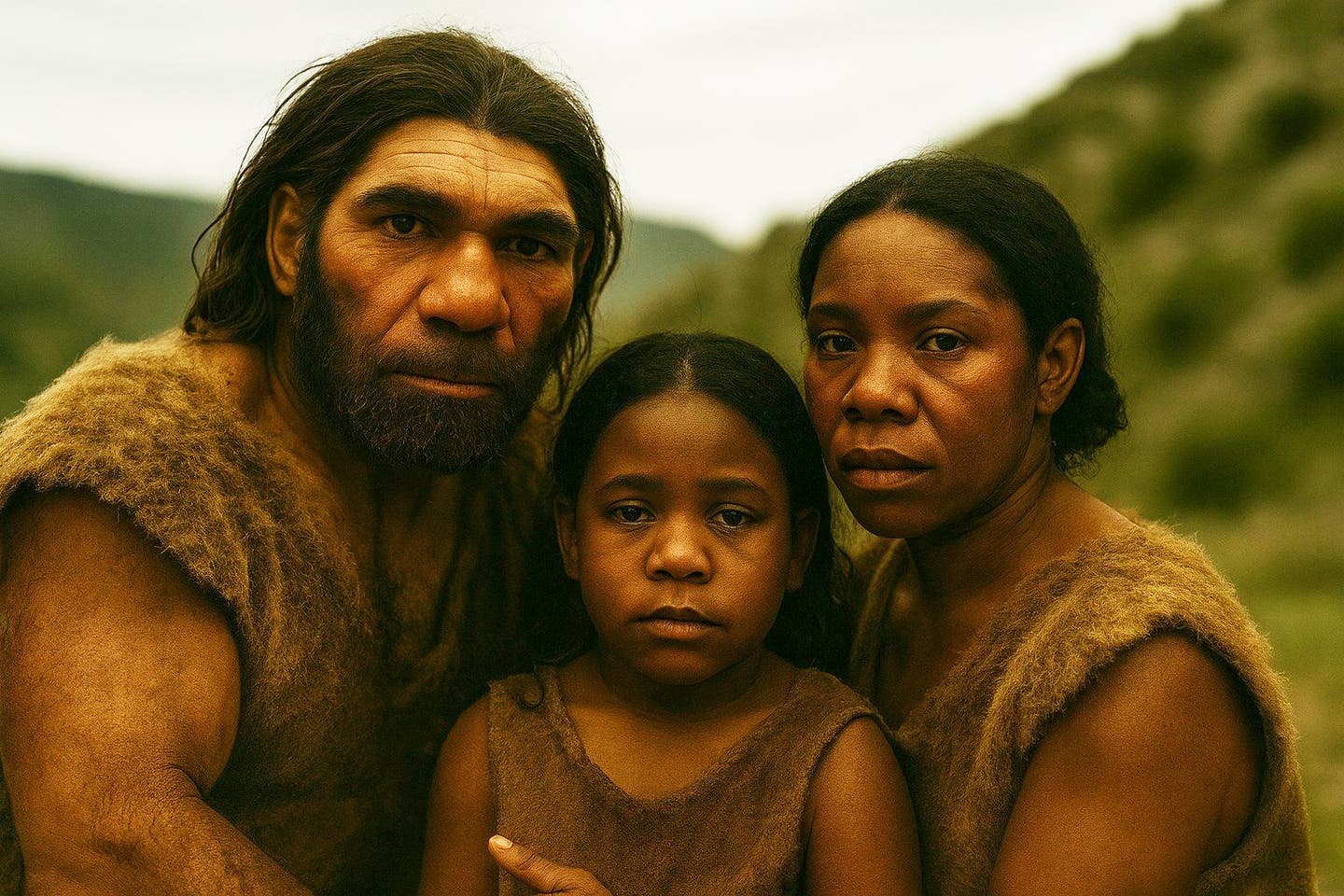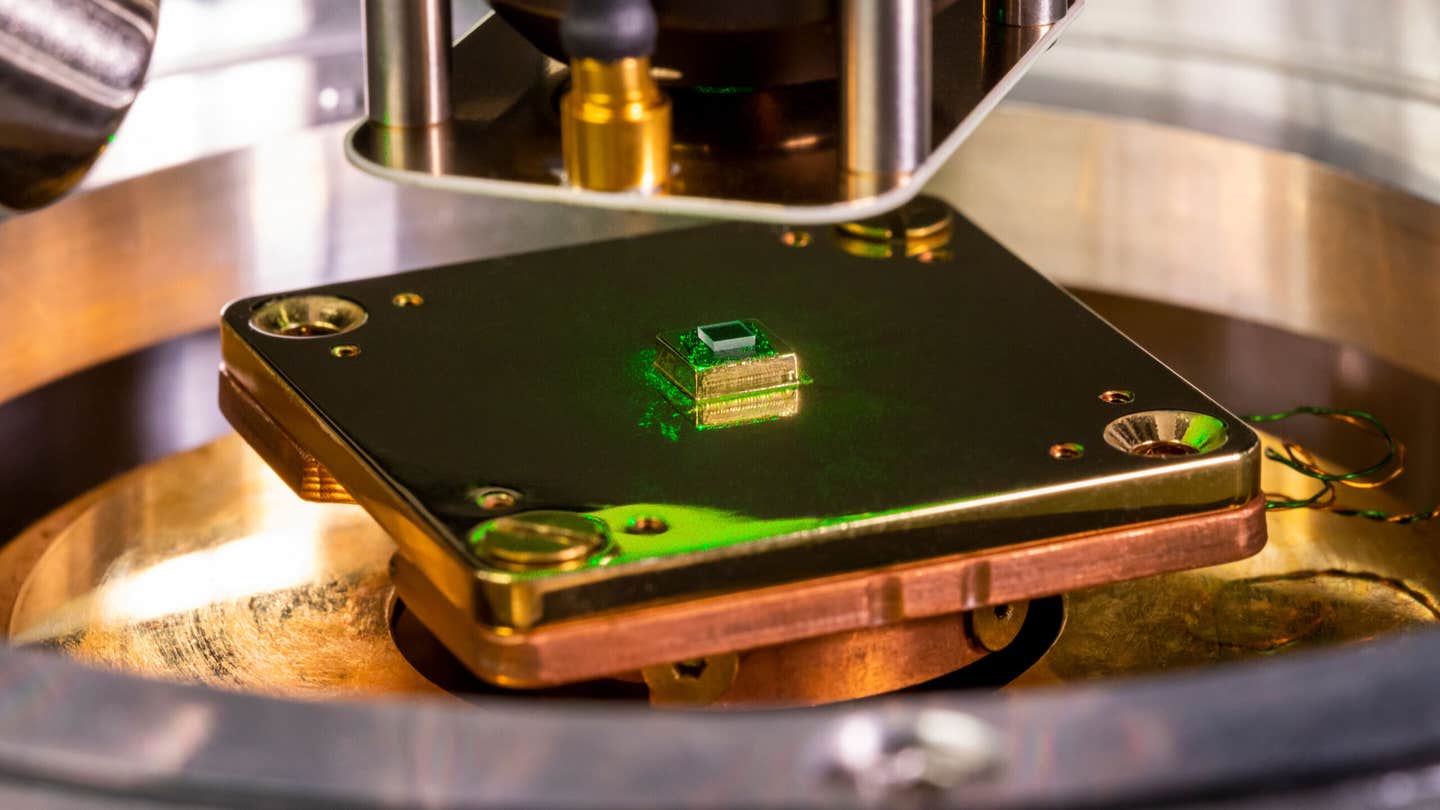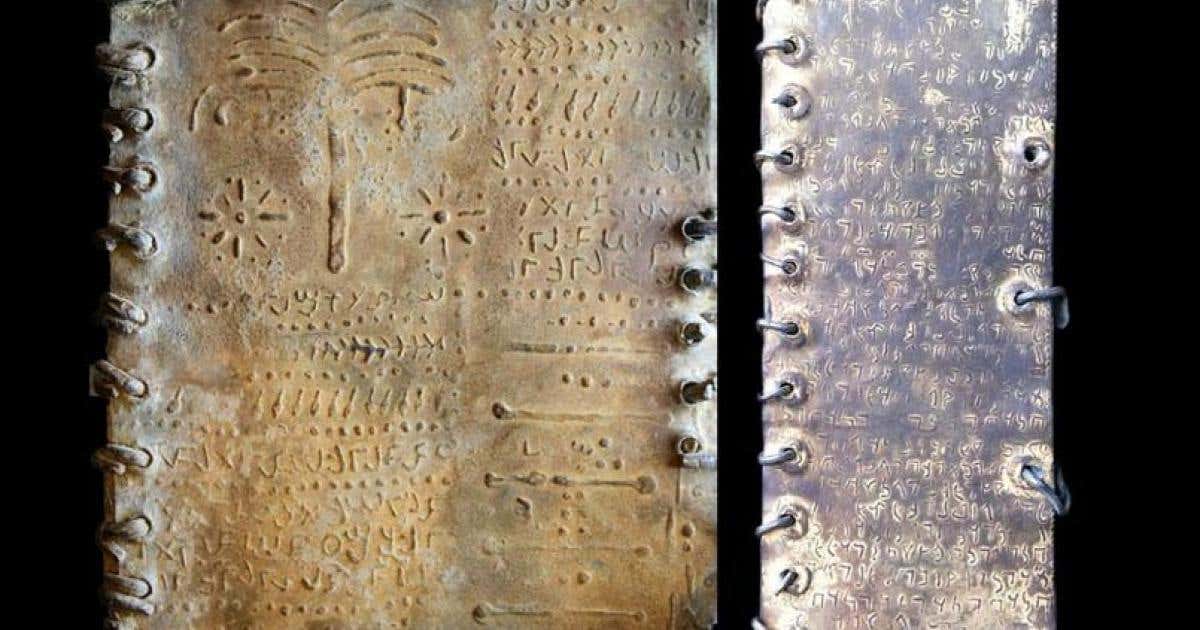Humans and Neanderthals interbred 100,000 years earlier than previously thought
The remains of a five-year-old child show that Neanderthals and Homo sapiens were far more intertwined than scientists once believed.

A child’s skull discovered in Israel reveals humans and Neanderthals were mixing 100,000 years earlier than thought. (CREDIT: AI-generated / The Brighter Side of News)
On the slopes of Mount Carmel in northern Israel, a small skull has changed the story of human history. Buried in Skhul Cave roughly 140,000 years ago, the remains of a five-year-old child show that Neanderthals and Homo sapiens were far more intertwined than scientists once believed.
A fresh analysis has revealed that these two groups were interbreeding at least 100,000 years earlier than previously thought.
A Fossil Rediscovered
The child’s skeleton was uncovered in 1931, when archaeologists digging in Skhul Cave found what became known as one of the earliest organized burials in the world. At first, researchers debated what species the child belonged to. Some argued for Homo sapiens, others for Neanderthal, while a few suspected a hybrid. The skeleton carried puzzling features—its skull shape resembled modern humans, while the jaw and teeth looked more Neanderthal. For decades, the fossil remained a scientific mystery.
Now, a new international team led by Professor Israel Hershkovitz of Tel Aviv University and Anne Dambricourt-Malassé of the French National Centre for Scientific Research has given that mystery a surprising answer.
Using micro-CT scans, the researchers created detailed three-dimensional reconstructions of the skull, jaw, and inner ear. These digital models revealed the child had a mix of traits: the rounded skull vault of Homo sapiens alongside a jaw, blood vessel pattern, and ear structure typical of Neanderthals.
“The fossil we studied is the earliest known physical evidence of mating between Neanderthals and Homo sapiens,” said Hershkovitz.
Related Stories
- Humans and Neanderthals are far more connected than once thought
- New discoveries show Neanderthals and Homo sapiens lived—and died—together
Rewriting the Timeline
Before this discovery, the oldest evidence of crossbreeding came from fossils in Romania dated to around 40,000 years ago, supported by genetic clues that suggested contact between the two groups between 40,000 and 50,000 years ago. The Skhul child pushes that timeline back by nearly 100,000 years, showing that human history in the Middle East was much more complex than anyone imagined.
Genetic research has already shown that Neanderthals live on in us today, with 2 to 6 percent of our DNA coming from them. But this new fossil demonstrates that interbreeding wasn’t a late event—it began as early Homo sapiens moved out of Africa and met local Neanderthal groups in the Levant, a natural land bridge to Europe.
According to Hershkovitz, Neanderthals settled in the region about 400,000 years ago and remained until at least 50,000 years ago. When Homo sapiens arrived from Africa around 200,000 years ago, the two populations coexisted, sharing knowledge, tools, and hunting methods. The child from Skhul proves they also shared families.
The End of a Distinct Species
The idea of these groups living and mixing peacefully challenges older images of violent competition. Hershkovitz believes Neanderthals did not vanish because they were defeated, but because they blended into Homo sapiens populations. “They were absorbed into them, gradually diminishing as a distinct population,” he explained. Evidence of this survival still lingers in our genomes today.
This also reshapes how we think about rituals like burial. The Skhul skeleton was intentionally buried, making the site the oldest known place where deliberate burials occurred.
For years, scientists believed such cultural practices were unique to modern humans. Instead, it now seems Neanderthals may have shared these traditions, hinting at a more sophisticated and human-like culture than once assumed.
Advanced Tools for Ancient Mysteries
What made this discovery possible was technology unavailable to earlier generations of archaeologists. By scanning the fossil with micro-CT machines at Tel Aviv University’s Shmunis Family Anthropology Institute, scientists could digitally rebuild even hidden structures, like the child’s inner ear and blood vessels around the brain. These models let them compare fine details with other hominid groups across time and geography.
The results showed a clear picture of blending—more than just one unusual child, but likely evidence of regular contact between populations over thousands of years.
Similar debates have surrounded other remains from Skhul and the nearby Qafzeh Cave. This study suggests those fossils may also reflect long-term mixing, rather than being strictly early Homo sapiens.
A Broader Picture of Human Origins
For many years, textbooks described Neanderthals as a European group that arrived in the Middle East relatively late. But Hershkovitz’s earlier work, including a 2021 paper in Science identifying what he called the “Nesher Ramla Homo,” showed that Neanderthals were living in Israel as far back as 400,000 years ago. That history makes the Levant a vital crossroads where human lineages overlapped and exchanged not just genes but culture.
The child from Skhul Cave is now the oldest known fossil showing this kind of blending. Compared to later finds, such as the 28,000-year-old “Lapedo Valley Child” in Portugal, the Israeli fossil extends the timeline of interbreeding dramatically, forcing anthropologists to rethink when and where these first meetings happened.
Practical Implications of the Research
This discovery changes how we understand human evolution. It shows that the roots of modern humans are more entangled than once thought, with Neanderthals not just as distant cousins but as direct contributors to our ancestry. For science, it opens new directions in studying genetics, culture, and migration patterns.
For people today, it’s a reminder that human identity has always been shaped by mixing, cooperation, and exchange. Recognizing these ancient connections could influence how we view diversity and shared heritage in the modern world.
Note: The article above provided above by The Brighter Side of News.
Like these kind of feel good stories? Get The Brighter Side of News' newsletter.



